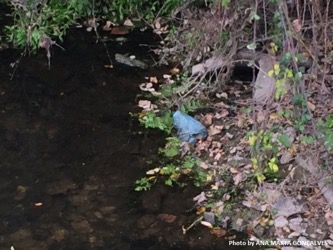A guest post by Chris Mebane
Momentum is building for SETAC journals to move to a double-blind peer review process. Here, I discuss some of the ethical arguments for double-blind reviewing, practical difficulties, and argue that funding statements and conflicts of interests should not be obscured from reviewers. Hopefully, SETAC authors and readers will join and expand the discussion via comments on IEAM Blog posts.
At the SETAC Publication Advisory Committee (PAC) meeting, held 15 May in Rome, a poll was taken on whether SETAC journals should move to a double-blind peer review process. All members of the committee who were present raised their hands in assent, including the editors-in-chief of the Society’s two journals: Environmental Toxicology and Chemistry (ETC) and Integrated Environmental Assessment and Management (IEAM). While this endorsement does not by itself change practices, it does clearly show that after years of debate, the momentum has strongly shifted towards change. Continue reading

 Plastics are an indispensable component of our daily lives due to their wide applications. As a consequence of improper handling or disposal, plastics may become dispersed in terrestrial and aquatic (water and sediment) systems, with rivers potentially transporting microplastics (MPs) to marine systems. The accumulation of plastics in these systems constitutes an emerging scientific and societal issue due to their ubiquity, high persistence and potential to cause ecological effects.
Plastics are an indispensable component of our daily lives due to their wide applications. As a consequence of improper handling or disposal, plastics may become dispersed in terrestrial and aquatic (water and sediment) systems, with rivers potentially transporting microplastics (MPs) to marine systems. The accumulation of plastics in these systems constitutes an emerging scientific and societal issue due to their ubiquity, high persistence and potential to cause ecological effects.